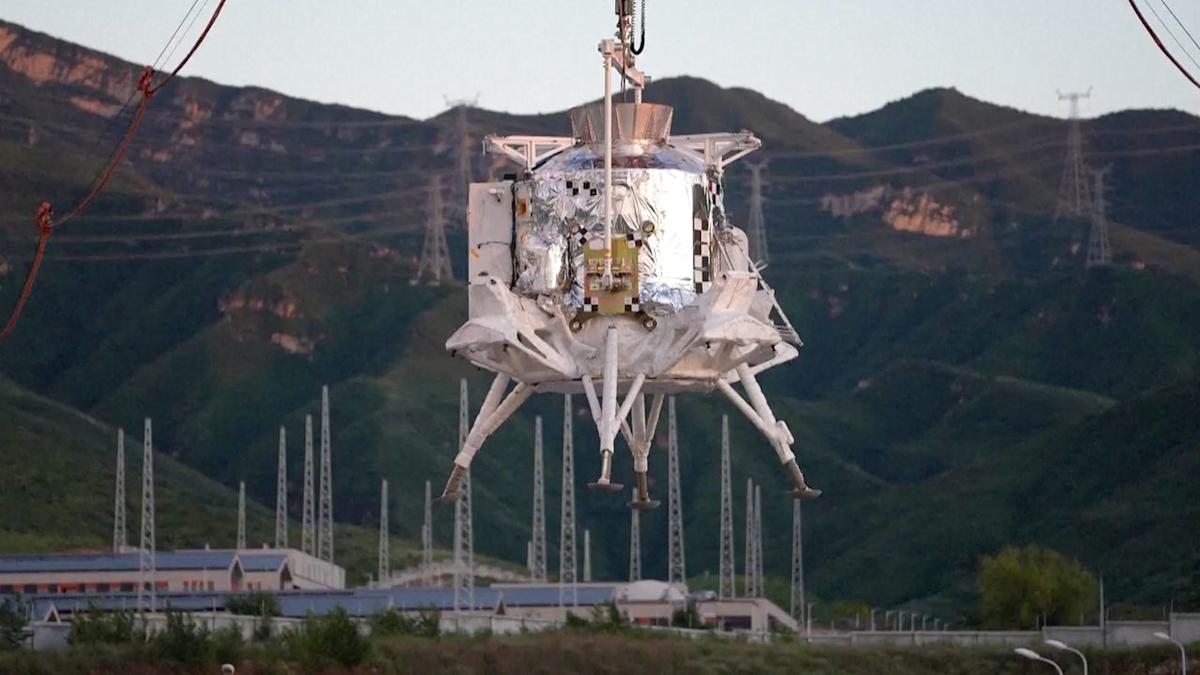China Advances Crewed Moon Mission With Lander Test Flights

Engineers in China have successfully completed a critical series of landing and takeoff tests for the “Lanyue” lunar lander, marking a significant milestone toward the nation’s ambitious goal of sending astronauts to the moon before 2030. The trials took place this week at a specialized facility located in Huailai County, Hebei Province.
The Lanyue, which translates to “embracing the moon,” is designed as a two-person lunar descent and ascent vehicle for China’s inaugural crewed lunar exploration mission. According to the China Manned Space Agency (CMSA), this week’s tests – concluded on August 6th – represent the first time China has simulated off-Earth landing and takeoff procedures for a spacecraft intended to carry astronauts.
The verification process assessed the lander’s operational performance across various scenarios, including launch payload validation through extensive mechanical assessments. Huang Zhen, an engineer with the China Aerospace Science and Technology Corporation (CASC), emphasized the complexities of the launch environment and the need for seamless transition. CASC is the primary entity responsible for developing and launching rockets and spacecraft within the broader China Lunar Exploration Program (CLEP).
Beyond transporting a crew of two to the lunar surface, the Lanyue will also carry a rover and scientific instruments. Safety remains paramount, Huang noted, highlighting redundant engine configurations as a key feature. In the event of an engine malfunction, backup engines are designed to safely return the astronauts to lunar orbit for their eventual journey back to Earth.
During the testing sequence, lander engines were activated to replicate both lunar landing and subsequent liftoff procedures. CCTV reported that the trials confirmed the integrity of the landing and takeoff systems, control protocols, emergency shutdown routines during lunar contact, and compatibility between crucial subsystems such as guidance, navigation control (GNC), and propulsion.









